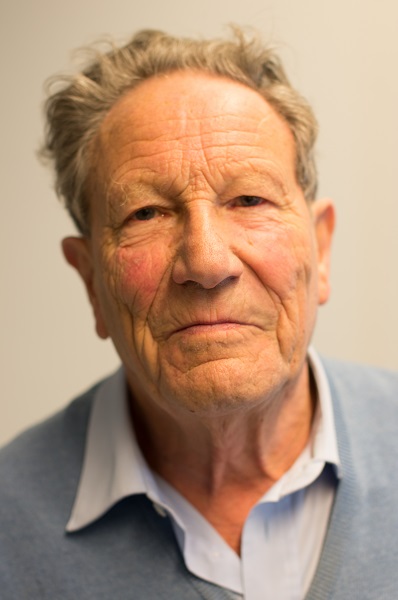Johannes van Rood, a pioneer in immunogenetics, hematology, and organ and hematopoietic cell transplantation, died recently in Leeuwarden, the Netherlands. Jon, as he preferred to be called, was born in 1926 in Scheveningen, the Netherlands. He studied medicine and obtained his PhD at the University of Leiden. While a medical student, he escaped Nazis who were actively searching for him. Imagine spending all day at school, avoiding military checkpoints to get home, and then continue studying. And we think we had it tough.
Jon’s PhD thesis titled “Leukocyte Typing: A Method and Its Application” described using sera from parous females to define human leukocyte antigens (HLAs) — it was just the very tip of an outstanding career. His contributions to transplant immunology and immunogenetics are almost too numerous to list. He published more than 500 scientific reports, and his last was a study on selecting the best umbilical cord blood cell unit for a transplant, which he worked on as first author, one month before he died at age 91. Notably, he held a 40-year tenure as director of the Department of Immunohematology and Blood Transfusion at the Leiden University Hospital.
It is difficult to describe the range of Jon’s interests. His first typescript in 1957 was on the challenge of accurately diagnosing polycythemia vera, on which we are still working today. By 1967 he had written on plasmapheresis in people with plasma cell myeloma and worked with Hans Balner to define the RhLA histocompatibility system in monkeys. In 1977, he was working on HLA-B27 in ankylosing spondylitis, kidney transplantation, and HLA recombinants. In 1984, he published 25 manuscripts at a rate of one every two weeks, and in 1987, he wrote a prescient editorial in Bone Marrow Transplantation titled “Matched or Mismatched: That Is the Question,” anticipating current interest in HLA-haplotype-matched transplants. By 2005, at the age of 80, he had slowed to seven manuscripts per year — not bad even for someone half his age.
Jon fostered scientific and clinical collaborations in many arenas, including helping found Eurotransplant, Europdonor (now Matchis), the European Foundation for Immunogenetics, the International Bone Marrow Transplant Registry (now the Centre for International Blood and Marrow Research), the European Group for Blood and Marrow Transplantation, Bone Marrow Donors Worldwide, and the World Marrow Donors Association. In 1978 he was elected to the Royal Netherlands Academy of Arts and Sciences. He received many honors including eight honorary doctorates and the Wolf and Robert Koch prizes for his scientific contributions.
It was best to be a friend of Jon rather than an adversary; he did not suffer fools easily. He was always frank, forthright and blazingly honest, yet warm and strongly supportive of his colleages and students. Hematology has lost a towering figure, but his contributions live on.

